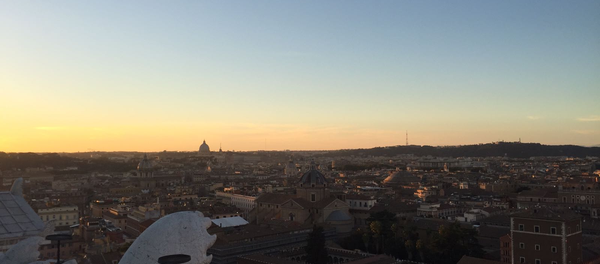This term in class we’ve been observing different types of students’ behaviour. This might be of special interest to those of you who are going to become teachers. Of course, we don’t want to dissuade you from becoming a teacher, but it’s always good to be aware in advance, right? And please don’t feel offended! The descriptions are slightly exaggerated and/or ironic. So have a laugh – with us, at us, at yourself – and have fun!
 The chatterer
The chatterer
Yeah, you all know them – those students who can’t keep their mouth shut for one minute. They just have to talk all the time, usually not about the topic being discussed, and in the case of a language course, not necessarily in the language in question!
The “churchmouse”
Church and university are different, of course, but a “churchmouse” is the opposite of the chatterer: a student who doesn’t say a word in class, at least not voluntarily.
Teacher’s pet
If teachers don’t have a pet at home, they may well have one in class. The so-called teacher’s pet hangs on a teacher’s lips, always does the homework and maybe even some extra reading, knows the answer to practically every question in class, and, naturally, does well in the final exam (grrr!).
The show-off
This is a student whose hobby is trying to impress fellow students, but especially the teacher, by either asking super-intelligent questions or permanently challenging the other students’ comments.
The techie
Jodel, Facebook, WhatsApp and whatever… the opportunities provided by modern technology are highly recommendable to all those students who love to distract themselves in class. Fortunately, the documents on Digicampus are still available after all, so there is yet another excuse to use technical devices in class…
The distraction seeker
How can students avoid boredom in lectures, without using any technical devices? Some are quite creative, and think of great activities, maybe taking a low-tech step back in time: writing poems, translating song lyrics, knitting or whatever else they might do to keep themselves busy while (more or less) pretending to listen to the lecturer.
Of course, the list could be continued endlessly. Recognise yourself? Or is your type of student still missing? Maybe you can think of others. Observe your fellow students – we promise that it’ll be fun (certainly an entertaining activity for distraction seekers – maybe this was how we got the idea of writing this article in the first place)!
Authors: Anita Hauzenberger & Philipp Soballa
Picture: created with tagul.com



 a-like contest
a-like contest




 But the reason why using up so much adrenaline was worthwhile was meeting so many amazing creatures. These guys impressed me quite a lot: giant otters. Seeing a pair of them right in front of me was a dream come true; I didn’t know if I should take a picture or step back a bit and be sure I was safe. Giant river otters are extremely cute and are innocent-looking, but they’re very dangerous and are capable of attacking and even eating a caiman! Take a look yourself and see how photogenic they are – one of them even looked into the camera! How adorable is that?
But the reason why using up so much adrenaline was worthwhile was meeting so many amazing creatures. These guys impressed me quite a lot: giant otters. Seeing a pair of them right in front of me was a dream come true; I didn’t know if I should take a picture or step back a bit and be sure I was safe. Giant river otters are extremely cute and are innocent-looking, but they’re very dangerous and are capable of attacking and even eating a caiman! Take a look yourself and see how photogenic they are – one of them even looked into the camera! How adorable is that?
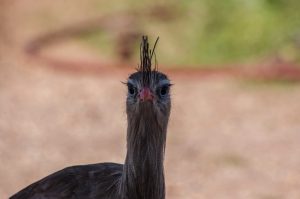 We also saw anacondas, blue macaws, toucans, southern crested carcaras, capybaras and lizards. The only animal we didn’t bump into was the gorgeous jaguar. Maybe we’ll be luckier next time, on another road trip around Brazil. Until then, let’s keep an eye on the natural world around us and enjoy it as best we can!
We also saw anacondas, blue macaws, toucans, southern crested carcaras, capybaras and lizards. The only animal we didn’t bump into was the gorgeous jaguar. Maybe we’ll be luckier next time, on another road trip around Brazil. Until then, let’s keep an eye on the natural world around us and enjoy it as best we can!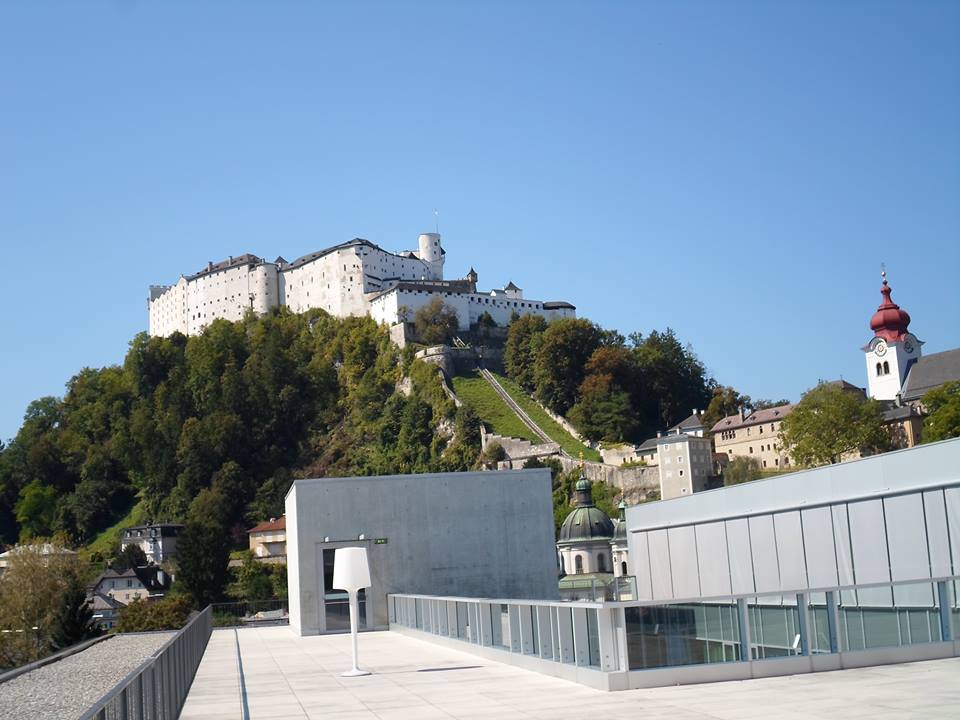

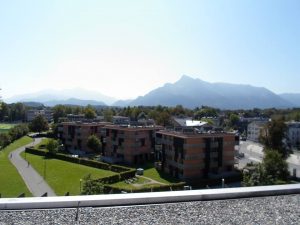

 The origin
The origin
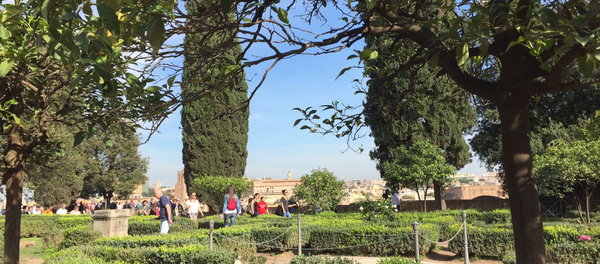
 3. Discover things off the beaten track
3. Discover things off the beaten track